Part of a series of articles titled The Tri-Cities, WA, WWII Heritage City.
Article
(H)our History Lesson: Tri-Cities, Washington: Comparing and Connecting WWII home fronts
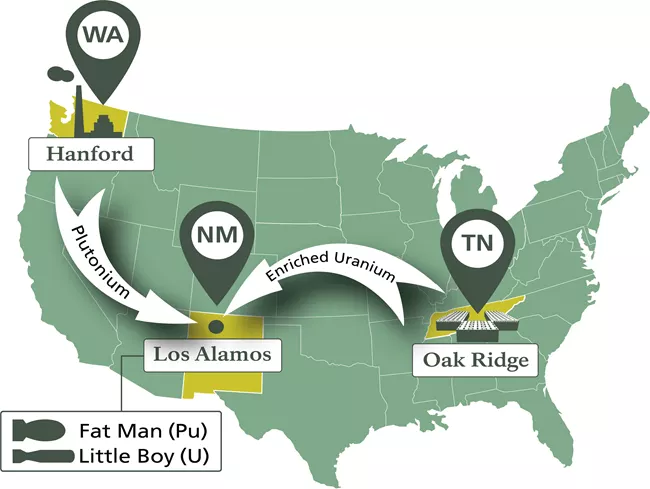
National Park Service
About this Lesson
This lesson is part of a series teaching about the World War II home front. Tri-Cities, Washington (Kennewick, Richland, Pasco, and surrounding areas) is an American World War II Heritage City. The lesson contains photographs, reading, and primary sources, with an optional activity, to contribute to learners’ understandings of the area as a WWII Heritage City. It combines lesson themes from the three other lessons in the collection to summarize the city’s contributions and encourage connections to the overall U.S. home front efforts.
Objectives:
In a culminating product:
-
Identify important World War II location(s) in Tri-Cities, Washington, and describe their historical significance
-
Summarize the contributions of Tri-Cities, Washington civilians and service members to home front wartime efforts
-
Evaluate the short- and long-term impacts of the contributions of the Hanford Site and The Manhattan Project
-
Optional: Describe similarities and differences of Tri-Cities, Washington and other Heritage city(s) / World War II home front(s)
Materials for Students:
-
Photos 1-4
-
Readings 1 & 2
-
Maps, project materials (as needed)
-
Student graphic organizers (See photo 5 at end of lesson, for reference)
-
Create Comparison Matrices for your students to use. To compare two cities, create a one-page sheet with three columns and four rows. Label the left column Theme/Topic and the other columns City 1 and City 2. For a Comparison Matrix for three cities simply add an additional column.
-
Create two Single-Point Rubrics to assist students’ self-assessment. One is for assessing proficiency in meeting teacher-selected standards. One is for assessing proficiency in meeting objectives.
-
For the rubric on standards, create a one-page sheet with three columns and four rows of content. Label the first column “Areas for Improvement,” the second column, “Proficient (Meeting Standard),” and the third column, “Areas of Exceeding Standard.” Leave the first and third columns blank. In each row of the second column identify a Standard and indicate a space for noting the evidence for meeting the standard. Include a space at the bottom of the page for assigning points for each column.
-
For the rubric on objectives, create a one-page sheet with three columns and four rows of content. Label the first column “Areas for Improving toward Objective,” the second column, “Proficient (Meeting Objective),” and the third column, “Areas of Exceeding Objective.” Leave the first and third columns blank. In the four rows of the second column identify these four objectives:
- Objective: Identify important World War II location(s) in Tri-Cities, Washington, and describe their historical significance.
- Objective: Summarize the contributions of Tri-Cities, Washington civilians and service members to home front wartime efforts.
- Objective: Evaluate the short- and long-term impacts of the contributions of the Hanford Site and The Manhattan Project.
- Objective (Optional): Describe similarities and differences of Tri-Cities, Washington and other Heritage city(s) / World War II home front(s)
Include a space at the bottom of the page for assigning points for each column.
Getting Started: Essential Question
Why was the Tri-Cities, Washington region chosen as an American World War II Heritage City? What are its similarities and differences to other home front cities?
Quotation to consider:
“Out in Washington state another ‘secret city’ blossomed where the little sagebrush hamlet of Richland passed its tranquil days. In Washington state also approximately a half-million acres were taken into the development.”
- The Spokesman-Review, August 7, 1945, p. 10
Read to Connect
By Sarah Nestor Lane
The purpose of the Manhattan Project was to develop the first atomic bomb during World War II. It was a top-secret research project led by the United States, with the goal of building a powerful weapon before Germany or Japan could. The project aimed to harness the energy of nuclear reactions to create a devastating weapon that would help bring an end to the war.
The Hanford site made important contributions to the Manhattan Project during World War II. Workers lived in the surrounding areas of Kennewick, Richland, Pasco, and throughout the region in Washington, and traveled to the Hanford site. The site played a crucial role in developing and producing plutonium for the atomic bomb. Scientists and workers at Hanford worked to extract plutonium from uranium in a process called "nuclear fission.” Plutonium is a heavy metal that can release a lot of energy when its atoms split apart. Scientists combined materials in a way that created a chain reaction, where the splitting of one atom led to the splitting of more atoms, releasing a huge amount of energy. The work done at the Hanford site was top secret and greatly aided in the success of the Manhattan Project. Workers often did not know the overall project they were contributing to.
The bomb “Fat Man” was created using plutonium from the Hanford site. This bomb was dropped over Nagasaki, Japan. The explosive force yield was approximately 20,000 tons of TNT. Thousands of Japanese civilians were killed or suffered from injuries or exposure to radiation.
The Manhattan Project National Historical Park is comprised of three sites: Los Alamos (New Mexico), Hanford (Washington), and Oak Ridge (Tennessee). Each had its own part in developing the atomic bombs.
Both excerpts are from the August 7, 1945 morning edition of The Spokesman-Review (Spokane, WA)
Excerpt 1: "Atomic Bomb is Perfected at Hanford in Gigantic Gamble”: ‘Biggest Story’ of War Creates Busy Scene at Plant Site
By Charles R. Stark Jr.
“HANFORD PROJECT HEADQUARTERS, RICHLAND, Wash., Aug. 6—Western Union men are tonight hastily rushing cables and wires, with frantic calls going out for operators from Spokane, Seattle, and Portland, to handle the breaking of what military authorities here describe as the biggest story of the war.
Hanford’s secret, the best kept since Pearl Harbor, is no longer a secret. Washington has given out some of the details of what has been going on here. The rest will be broadcast to the world be the army public relations office here tomorrow and Wednesday, with possible angles taking two days more.
When I say it has been hush-hush, I mean exactly that, for it is still hush-hush as far as the general public is concerned. If you don’t believe it, try and find your way down here without taking a detour or two on the way. I’d never been here before and I sure found the detours. . . .”
-------------
Excerpt 2: “Secret of Hanford Long and Well Kept”
Millions knew that something strange and fantastic was being made at Hanford. Hundreds of thousands either participated in construction of the plant or were in almost daily contact with stream of workers and materials that went into the project. Not more than a dozen men, Col. Franklin T. Matthias said two years ago, had more than an inkling of what was actually being done.
Yet doubts will always remain as to whether the manner in which the “hush-hush” policy was applied was applied [sic] was the most effective that could have been used. Some contended, and may always content, that the whole project might better have been described as merely “another munitions plant,” without the elaborate and self-defeating efforts to keep the mere existence of the enterprise a secret.
People know that wars require munitions, that munitions have to be prepared, and that an element of secrecy surrounds all military installations. It seemed to many that the efforts to keep all mention of Hanford out of the public press merely whetted the public’s natural curiosity; while the phrase ‘mystery plant,’ to which the war department objected, was a natural outgrowth of the artificially stimulated interest.
Now the story is being told, as some day it would naturally have to be. The fact the secret has been kept so many years is a tribute to the cooperation of workers on the job, residents of the surrounding area, and the news writers of both the printed word and radio, who generally followed the request of the army in keeping discussion of the project at a minimum and in releasing only such details as clearly did not affect the public security.
No person traveling through south central Washington could possibly miss some phase of the Hanford project. The little town of Richland spread out until it could be seen for miles along the main road between Pasco and Yakima. Trains for months were full of workers coming to the job, and trains and buses carried almost as many thousands elsewhere.
Men and women in every state of the Union, and on the several war fronts, will read the revelations about Hanford with interest, and say to their neighbors, ‘I was there back in 1942. I had a real part in building that plant and keeping that secret; as a matter of fact I never did discover what it was all about, but by putting two and two together.’”
Excerpt from: “House Report 115-998, “To Direct the Secretary of the Interior to Annually Designate at Least One City in The United States as An ‘American World War II Heritage City,’ and for other purposes” (October 30, 2018)
“. . .PURPOSE OF THE BILL
The purpose of H.R. 6118 is to direct the Secretary of the Interior to annually designate at least one city in the United States as an ``American World War II Heritage City''.
BACKGROUND AND NEED FOR LEGISLATION
On December 7, 1941, military forces of the Empire of Japan attacked the U.S. Naval Fleet and ground bases at Pearl Harbor in Hawaii. On December 8, 1941, one day after what President Roosevelt referred to as, ``a date which will live in infamy,'' the United States declared war against the Empire of Japan. Three days later, on December 11, 1941, Japan's ally, Germany, declared war on the United States. Sixteen million Americans, mostly young working-age men, served in the military during World War II, out of an overall United States population of 113 million.
While an unprecedented number of Americans served in World War II, the country drastically increased its war production on the home front, serving not only the needs of the armed forces of the United States but her allies as well--in what President Franklin Roosevelt called ``The Arsenal of Democracy.'' The combination of millions serving in the military, during a period of necessary and drastic increases in production, led to significant social changes on the American home front.
The World War II period resulted in the largest number of people migrating within the United States in the history of the country. Individuals and families relocated to industrial centers for good paying jobs out of a sense of patriotic duty. Many industrial centers became ``boomtowns,'' growing at phenomenal rates. One example, the City of Richmond, California, grew from a population of under 24,000 to over 100,000 during the war...”
B Reactor: Then and Now
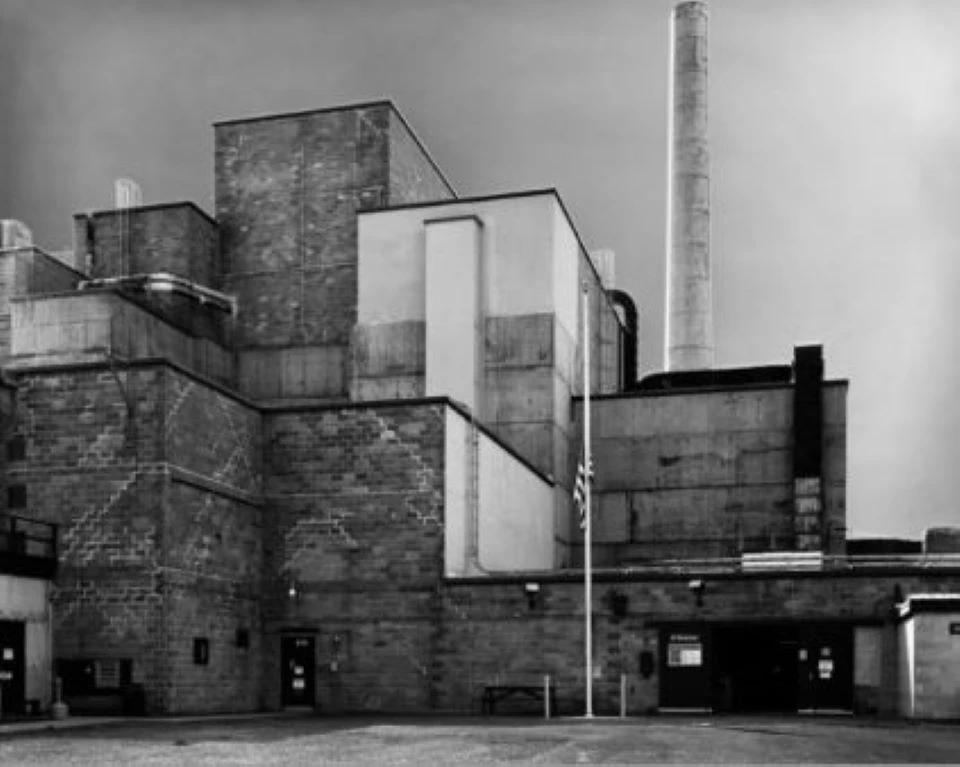
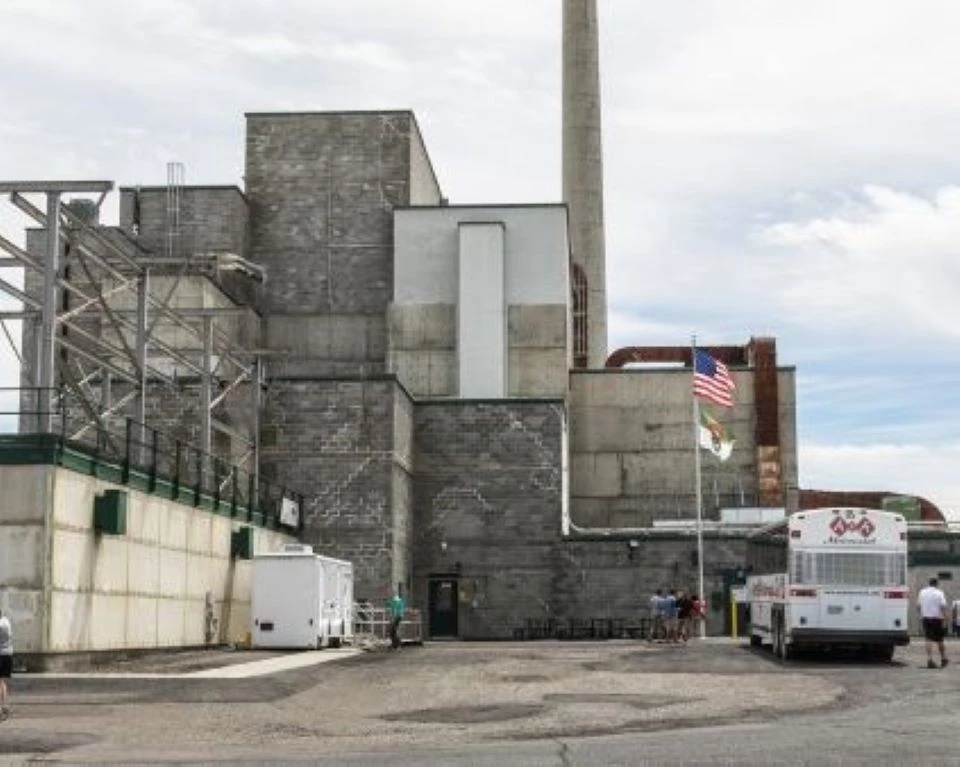
Left image
Photo 3: B-Reactor, 1945, source of the plutonium used for the “Fat Man” bomb dropped over Nagasaki, Japan.
Credit: Washington State University Tri-Cities, Hanford History Project Photo Gallery
Right image
Photo 4: The B-Reactor today, where the Department of Energy conducts tours
Credit: NPS/Burghart
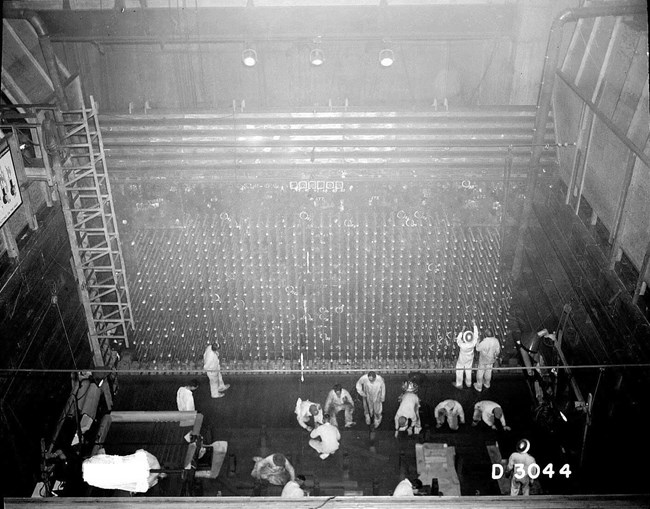
Wikimedia Commons
Student Activities
Questions for Reading 1
- What was the main purpose of the Manhattan Project during World War II, and why was it considered a top-secret research project?
- How did the Hanford site contribute to the Manhattan Project, and what role did it play in the development of the atomic bomb?
Questions for Reading 2
- Excerpt 1: What event is being referred to as "the biggest story of the war"?
- Excerpt 2: Why may some people have believed that the "hush-hush" policy at Hanford might not have been the most effective approach?
-
How do the authors of both excerpts convey the level of secrecy surrounding the Hanford Project headquarters?
Questions for Reading 3
-
What was the purpose of the bill (H.R. 6118) according to the report?
-
Why do you think Tri-Cities, Washington was designated as a World War II Heritage City? Use details from the bill and from the lesson(s) information.
-
Are there other cities you think of when considering home front contributions during wartime? Which, and why?
-
Optional: How did other home front actions in the Tri-Cities area, apart from the Manhattan Project, contribute to their impact during that time?
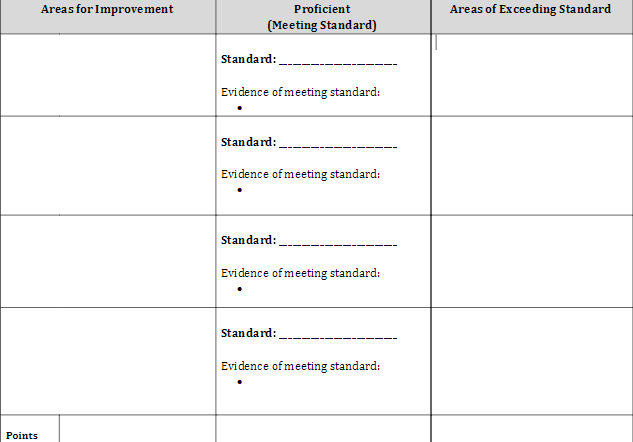
Courtesy of Sarah Nestor Lane
Culminating Activity/Mastery Product
To demonstrate student understanding, support students in creating a final product that meets the following objectives:
-
Identify important World War II location(s) in Tri-Cities, Washington, and describe their historical significance
-
Summarize the contributions of Tri-Cities, Washington civilians and service members to home front wartime efforts
-
Evaluate the short- and long-term impacts of the contributions of the Hanford Site and The Manhattan Project
-
Optional: Describe similarities and differences of Tri-Cities, Washington and other Heritage city(s) / World War II home front(s)
Mastery products should be:
. . . student-led: Students work as individuals or in collaborative groups.
. . . student-directed: Students are offered a variety of choices for product type (report, slide presentation, artwork with written descriptions, video product, etc.).
. . . student-organized: Teacher facilitates by providing students with the comparison matrices and/or resource links from throughout the series of lessons.
. . . student-assessed: Teacher supports student self-assessment and reflection by providing students single-point rubrics to assess for meeting standards and/or lesson objectives.
Note: Depending on time and scope, the comparison of Tri-Cities to another WWII Heritage city(s) within the mastery product (objectives) may be omitted. However, comparing cities is recommended, as it connects students to a deeper understanding of the WWII home front.
Please view the Teaching with Historic Places World War II page for information and resources on other cities.
Tags
- world war ii
- world war 2
- wwii
- ww2
- world war ii home front
- wwii home front
- home front
- washington
- kennewick
- richland
- pasco
- hanford
- tri cities
- teaching with historic places
- twhp
- twhplp
- hour history lessons
- awwiihc
- american world war ii heritage city program
- manhattan project
- manhattan project national historical park
- military history
- atomic bomb
- nuclear weapons
- science and technology
- history of science
- labor history
Last updated: April 7, 2025
